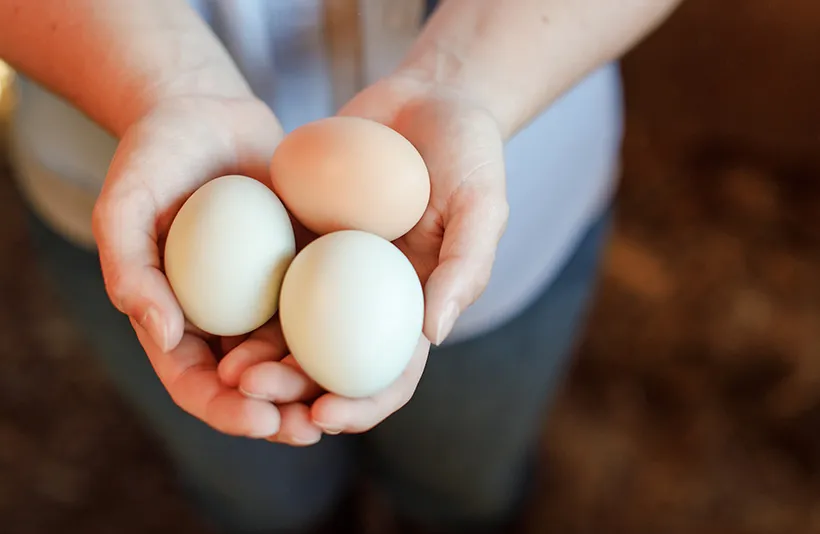
Egg production drops have become a nationwide concern, driving up prices and causing shortages. Bird flu, rising costs, and seasonal changes are at the heart of this crisis, affecting both consumers and farmers.
Eggs are a staple in many households, valued for their versatility and affordability. However, the recent decline in production has disrupted this balance, leaving consumers and producers scrambling to adapt. With prices soaring and availability dwindling, the current situation highlights the fragility of our food supply chain. Understanding the causes and impacts of this crisis is essential for finding solutions and ensuring long-term sustainability.
Why Are Egg Production Drops Happening?
Several key factors contribute to the decline in egg production:
- Bird Flu Outbreak: A devastating bird flu epidemic has led to the culling of millions of hens, slashing production across the US.
- High Costs: Farmers face skyrocketing costs for feed, labor, and transportation, making operations unsustainable for many.
- Seasonal Decline: Winter naturally slows egg production, further reducing supply.
Rising Prices and What It Means for Consumers
Egg prices have surged over 50%, leaving many families struggling to afford this household staple. Grocery store shelves are often understocked, and consumers face limited options and higher costs.
Many are turning to alternatives like egg substitutes or plant-based options to manage their budgets. Others are cutting back on egg purchases entirely, reflecting the impact of the current crisis.
Challenges for Farmers
Farmers are grappling with multiple obstacles:
- Bird Flu Losses: The outbreak has significantly reduced flock sizes, causing egg production drops.
- Increased Expenses: Biosecurity measures and rising operational costs are straining resources.
- Financial Struggles: Even with higher egg prices, many farmers cannot offset their increased expenses, especially small-scale producers.
The Role of Bird Flu in the Crisis
The bird flu outbreak is among the worst in US history. Here’s its impact on the egg supply:
- Massive Culling: Millions of infected birds have been culled to prevent the flu’s spread.
- Slower Production Rates: Strict biosecurity measures slow down production processes.
- Economic Damage: The flu has cost the poultry industry billions in lost revenue and increased expenses.
Solutions to Mitigate the Impact
Addressing egg production drops requires action from both farmers and consumers.
For Farmers:
- Stronger Biosecurity: Improved measures can help prevent future outbreaks.
- Government Aid: Subsidies and financial support can help farmers rebuild flocks.
For Consumers:
- Shop Smarter: Support local farms or explore affordable alternatives like egg substitutes.
- Advocate for Policies: Push for funding in agricultural research and disease prevention.
Technology and Innovation as Solutions
Advancements in technology offer hope for reducing production challenges:
- Vaccines for Birds: New vaccines can reduce the severity and frequency of bird flu outbreaks.
- Automation: Automated processes in farming can help maintain efficiency despite workforce challenges.
When Will the Shortage End?
Experts estimate that it may take several months for the egg supply to stabilize. Rebuilding flocks and recovering from financial losses will require time and effort. Until then, shortages are expected to continue, with prices remaining high and availability limited.
Tips for Managing During the Crisis
- Plan Meals: Stretch your egg usage with thoughtful meal planning.
- Use Alternatives: Explore egg substitutes or plant-based options for cooking and baking.
- Support Local Farmers: Buying local helps ensure fresher supply and supports small businesses.
Conclusion
Egg production drops are a significant challenge, exposing weaknesses in the food supply chain. With bird flu, rising costs, and seasonal pressures all contributing, the road to recovery will be long.
Consumers can stay informed, adjust buying habits, and support local producers. Meanwhile, innovation, collaboration, and strong policies are needed to strengthen the industry for the future. Together, these efforts can help overcome the current crisis and build a more resilient food system.
Also Read :- Luke Combs’ Teases “More Less Than Perfect” – Who Should Join Him?
You Can Also Visit Our The Finance Slug Website which is Hub for Finance Insights and Book Reviews







